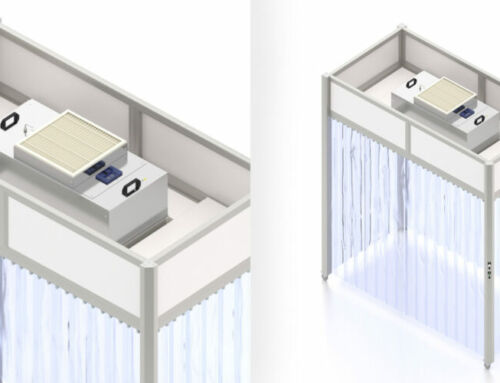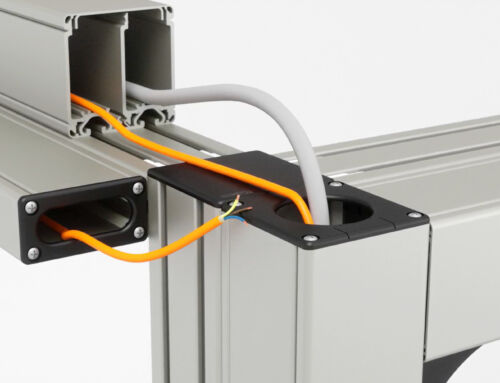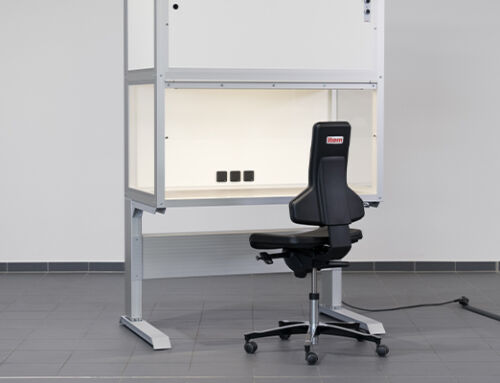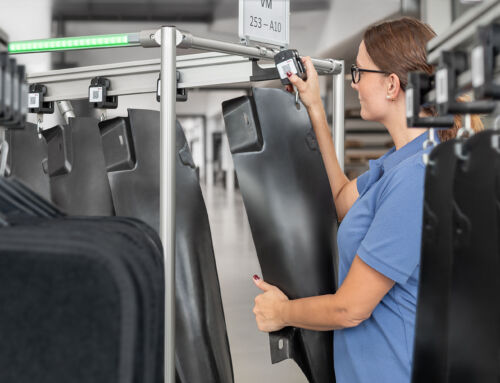Whether for reducing carbon footprint, activating new markets, or securing supply chains, the prevalence of robotics in industrial manufacturing continues to grow.
The mission to combine traditional production methods while integrating robotics systems puts digital strategies and innovative solutions in a key position. The juxtaposition of robots with humans lends itself to create a vision of the two as rivals; however, the emergence of Industry 4.0 has introduced a more collaborative approach where humans can have strain and workload taken off their plates and reassigned to their robotic counterparts.
Trends for the Future
Supervised Learning
According to Ready Robotics Co-Founder Kel Guerin, the mentorship (or “supervised learning”) of robots will be crucial to ensure performance success and cope with any necessary changes to the tasks or associated robotic algorithms. Said Guerin, “the idea behind supervised learning is if the robot encounters a situation where it does not know how to perform because of some condition in the environment it has never seen before – a part it has never seen, two parts stuck together, a jam in the machine, etc. – a person can provide the missing information the robot needs.”
A Strong Trajectory for Cobots and Industry Collaboration
In the 2021 “Tech Trends That Will Shape 2021” Report, ABI research anticipated that the global pandemic of COVID-19 would not cause significant disruptions in the robotics market. Instead, ABI Research predicts that industrial and collaborative robotics systems will continue through 2021 on a strong trajectory. A significant acceleration in implementation numbers may not be possible due to lingering impacts of COVID-19, but as ABI Research Senior Analyst Rian Whitton explains, “acceleration [in implementation] will only come with better data orchestration strategies, more operational experience, and a further supportive ecosystem from adjacent technology vendors in the cloud, cellular and AI spaces.”
Safety First
The concept of social distancing has become a familiar notion during a global pandemic. What about those essential workers, particularly in health care, who cannot avoid close interaction? According to the American Society for Mechanical Engineers, the implementation of service robots for public health will continue to grow. In 2019, medical robots accounted for 47 percent of all professional robots. This was mainly driven by surgical robots, whose duties include performing minimally invasive procedures. With the rising concerns related to COVID exposure, a new need emerged. UV rights are one method of disinfecting spaces, and autonomous mobile disinfection robots provided an alternative to placing a human employee in a contaminated environment. As an added benefit, these disinfecting robots can lend their use to varied environments, whether it’s disinfecting assembly lines or products themselves.
Where will robotics take you in 2021? Wherever it is, the innovation of item and our Robotics Solutions is available to help lead the way.Simply subscribe to the item blog by completing the box to the right. That way, you can stay in the know with item Expertise!









